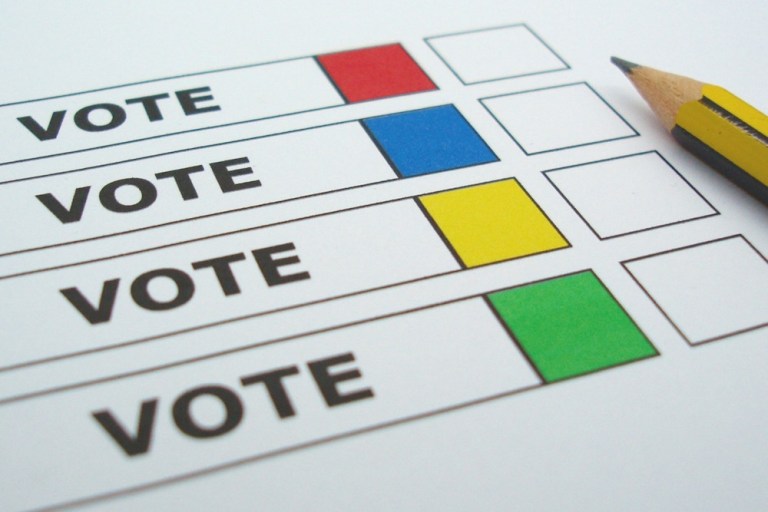
With President Trump’s claim of voter fraud on a massive scale in the 2016 presidential election, it may be time for the country to rethink its voting process.
This isn’t the first time that there have been issues with voting in the United States — or wild claims of voter fraud.
In recent memory, there’s the infamous recount of votes in Florida when the margin between Bush and Gore in 2000 was “too close to call” by many news outlets. While some to this day believe Gore should have won, Bush ultimately won electoral votes for the state of Florida by a very slim amount of 537 votes.
Between 2000 to 2015 alone, there have been 27 recounts of votes.
In November 2016, just after the presidential election, FairVote’s Executive Director Rob Richie commented to FiveThirtyEight on the importance of recounting and post-election audits: “I think there’s real value in post-election audits, in large part to catch something systemic — even more so for a big election like president — and with our Electoral College rules, that can exaggerate the impact of results in one or two states.”
With the way the voting process in the U.S. is currently set up, there is likely always going to be a need for a post-election audit via recounting votes.
Why is this necessary?
It’s likely necessary because right now there is not a uniform way of voting across the country. According to the Pew Research Center’s analysis of Verified Voting Foundation’s data, there are at least six different ways Americans can cast their ballots for the presidential election, including: optical scan (47 percent); direct recording electronic (28 percent); mixed optical scan/direct recording electronic (19 percent); all vote by mail (five percent); mixed optical scan/hand-counted paper and hand-counted paper.
Given all of these options, it’s no wonder there’s often a miscount somewhere or something going astray to mess up the voting process.
There is a technology that’s currently being used by the financial industry — which is starting to gain some commercial success thanks to IBM — that has the likelihood to be a solution for the overall voting process in America to help alleviate any concerns: blockchain technology.
The finance industry currently uses blockchain technology as a way to securely keep track of money being transferred on multiple decentralized sources. Rather than using one centralized location, this system allows for a more open approach, so that any attempts at committing fraud on any level immediately cease and desist.
By implementing blockchain technology on the American voting system, there would always be an impartial third-party system. Through this decentralized outside computing system, multiple encrypted copies of each vote cast would be stored to ensure no voter fraud would take place.
We discussed blockchain technology as a viable voting system with Boston-based voting software company Voatz’s Co-Founder and CEO, Nimit Sawhney. “The use of the blockchain as the basis for a federated identity infrastructure could definitely help streamline the voter registration processes, [making] them more efficient and secure,” he said. “It could also help address some of the privacy concerns which citizens might have with a more traditional infrastructure, by giving them more fine-grained control of what kind of personal information can be accessed by whom and when.”
While there are currently no voting systems in the U.S. that are using blockchain technology, there are countries outside the U.S. that are taking steps in that direction. These countries in the nascent stages of developing voting systems for blockchain include Australia, Russia, Estonia, Abu Dhabi and Denmark.
As these countries have yet to test out blockchain in voting, it’s likely that the United States will wait until there are a few solid use cases to consider whether or not it would use the technology.
Before the United States potentially makes the leap into using any new form of voting like blockchain, there would likely need to be certain policy changes.
“In addition to legislative changes in various jurisdictions and rigorous pilots, there are a number of questions that must be adequately addressed before a large-scale deployment of blockchain-based remote voting will be permissible,” Sawhney said. “These include end-to-end verification, voter anonymity, authentication, security, cost, ease of deployment, scalability, user experience and, most importantly, public trust.